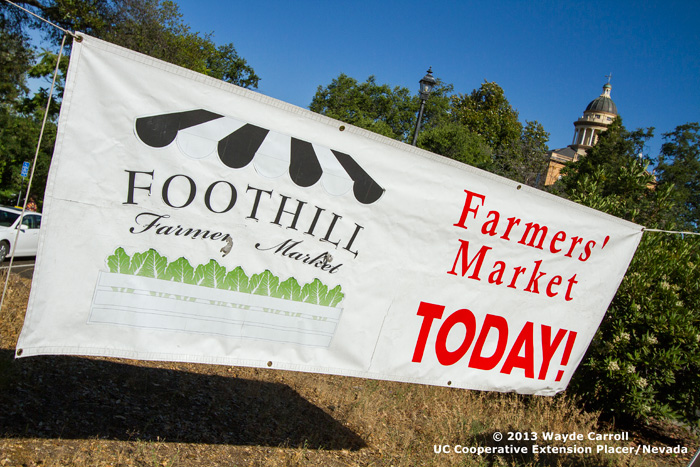In Part 1 of this series of posts, we talked about the differences between personal websites and social media, and the importance of using both for your farm business. In Part 2, we looked at the essential elements for building a compelling website. In this week's post, we'll tackle that love-it-or-hate-it subject…social media!
There are a lot of social media platforms out there — Facebook, Twitter, Instagram, Pinterest, the list goes on… but don't worry, you don't have to use all of them! Facebook is the most popular of the bunch, so it's a good starting place — most of your customers are likely to be there. Twitter can be useful for real-time and location-based information (for example, that truckload of kale you'll be bringing to today's farmer's market), but its user base is far smaller. Instagram is a fun and easy way to share photos (and is ad-free, so far). Don't forget to add links to your social media sites on your main website, and vice versa!
The same guidelines apply for social media as for websites: choose your best photos, include a bit of background on you and your farm as well as the essential contact information, and include your logo if you have one. Keep in mind that social sites tend to be a bit more “condensed” as far as space for content, and people often view them on mobile devices (that is, tiny screens). It's especially important here to keep your text concise, and choose images that are visually striking, especially at small sizes. Check your social pages and website on as many different devices as you can — computer, laptop, tablet, smartphone — to see how they display on each.
The range of social media platforms available can seem overwhelming, especially if you try to tackle too many of them at once… but you probably only need one or two to make an impact. Talk to your customers, find out what social networks they use, and start small — you can always add to your social-media presence as you determine how much time and energy you want to spend. And think about dividing up the work: if someone in your “farm family” really loves being on Facebook, give him or her that job! Enthusiasm really is visible in social media; your followers can tell if you're having fun, or if you're just posting for the sake of advertising.
Managing a Web and social media presence can feel like a full-time job in itself, but it really is easy — and even fun — if you tackle the project as a series of bite-size steps. Start with the basics of a simple website and Facebook page, and then you can continue to develop your Web presence as time and resources allow. The key is to get started!

A few final thoughts and tips:
• Remember, you don't have to do everything! Begin with basics. Delegate. Grow.
• Don't just promote... talk about what really interests you. Tell your story. That enthusiasm and interest comes across in your writing and posting, and helps build the all-important connection to you and your farm.
• Think about your audience and customers, their interests, how they use Web and social media. Who are you trying to reach? What are they looking for? Why do they choose to buy from you?
• We don't farm just to produce a product. Why do you farm? Share that.
Further resources:
Tips for photographing your farm, from A Greener World (PDF)
A good overview of personal websites vs Facebook pages, from Inkling Media
Wordpress.org — free, open-source website building platform. (Note: wordpress.org is the self-hosted version, ideal for building your own website. Wordpress.com, while running the same software, is more geared toward bloggers, limits flexibility, and includes ads.)
Google Webmasters — tips and tools for building accessible, search-friendly websites
A handy introduction to using hashtags on Instagram, from Jenn's Trends in Social Media
List your business on farm directory sites like PlacerGrown, Nevada County Grown, and LocalHarvest
Some websites from local farms to get your creative wheels turning:
Hillview Farms: www.hillviewfarmsauburn.com
The Natural Trading Company: naturaltradingco.com
Dinner Bell Farm: www.dinnerbellfarm.com
Jim's Produce: jimsproduce.net
Previous posts in this series:
Building a Web Presence for Your Farm Business: Part 1 — Websites versus Social Media
Building a Web Presence for Your Farm Business: Part 2 — Telling Your Story
